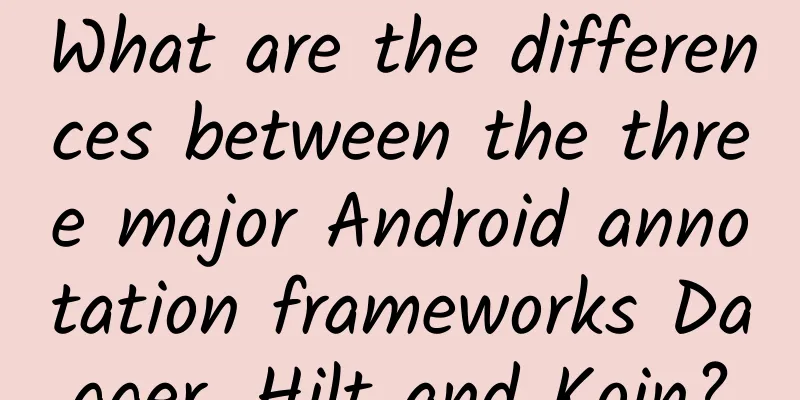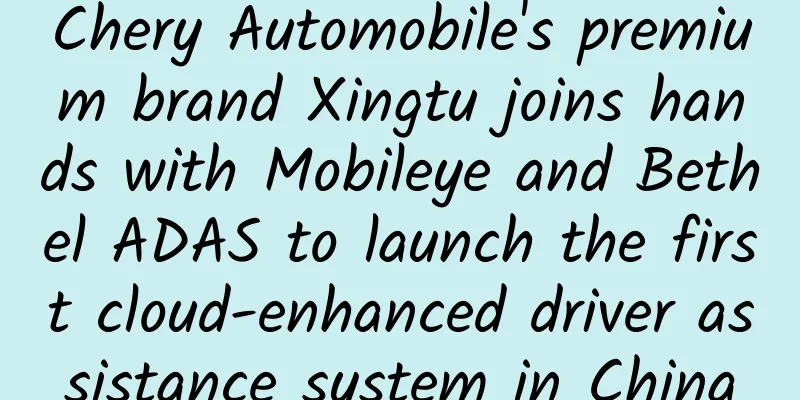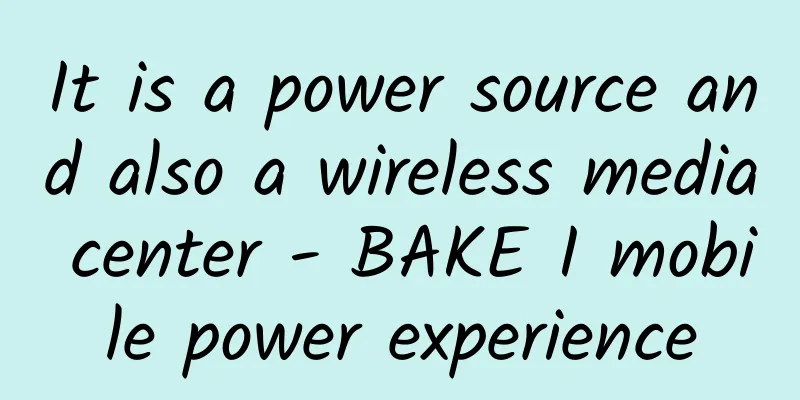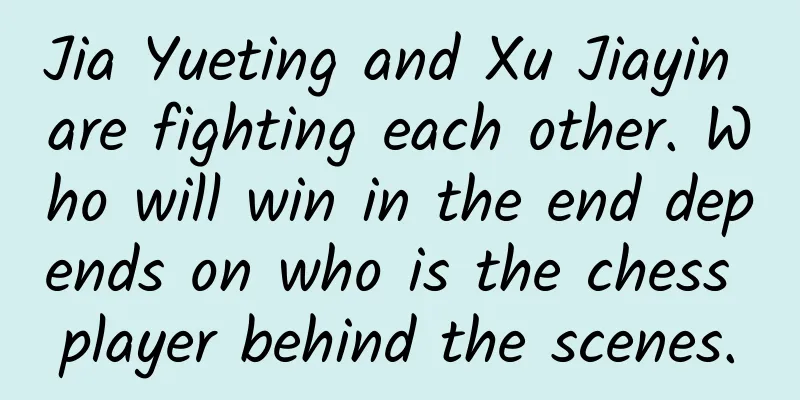What are the differences between the three major Android annotation frameworks Dagger, Hilt and Koin?

|
Dagger and Koin are undoubtedly the two most popular dependency injection frameworks for Android. Both libraries serve the same purpose and look very similar, but they work very differently under the hood. So what is Hilt? Hilt is a library that uses Dagger internally, but simplifies its usage, so what I say here about Dagger also applies to Hilt. In this article, I won't tell you which library you should choose. Instead, I want to show you how they differ in essence and how those differences can affect your application. DaggerIf we want Dagger to provide an instance of a class, all we have to do is add the @Inject annotation to the constructor. After adding this annotation, Dagger will generate a Factory for this class at build time. In this case, since its class name is CompositeAdapter, it will generate a class named CompositeAdapter**_**Factory. This class contains all the information required to create an instance of the CompositeAdapter class. As you can see, the factory class implements get() and returns a new CompositeAdapter instance. This is actually the method specified in the Provider<T> interface implemented by this class. Other classes can use the Provider<T> interface to get an instance of a class. What if we use Hilt instead of Dagger?In this example, there is no difference. Hilt is a library that uses Dagger internally, and the classes I showed you were generated by Dagger. If you use Hilt, it does generate some additional classes for us that simplify the use of Dagger and reduce the amount of boilerplate code we need to write. But the core remains the same. KoinKoin has a completely different approach to managing dependencies compared to Dagger and Hilt. To register dependencies in Koin, we will not use any annotations, because Koin does not generate any code. Instead, we have to provide factories for modules that will be used to create instances of each class needed in the project. Koin adds references to these factory classes to the InstancesRegistry class, which contains references to all the factories we write. The key in this map is the full name of the class or the name provided when using named arguments. The corresponding value is the factory we write that will be used to create instances of the class. To get dependencies, we need to call get() (such as in a factory class) or by calling the inject() delegate property in activities or fragments, which lazily loads get(). The get() method will look for a factory registered for a class of the given type and inject it into it. What are the impacts?Dagger generates code to provide dependencies, while Koin does not generate code, which actually brings some impact. 1. Error handling Because Dagger is a compile-time dependency injection framework, if we forget to provide certain dependencies, we will almost immediately know our mistake because our project will fail to build. For example, if we forget to add the @Inject annotation to the CompositeAdapter in the constructor and try to inject it into a fragment, the build will fail with an appropriate error telling us exactly what went wrong. Things are different in Koin, because it doesn't generate any code. If we forget to add a factory for the CompositeAdapter class, the app will build successfully, but a RuntimeException will be thrown as soon as we request an instance of this class. It may happen at app launch, so we may notice it right away, but it may also happen later on other screens or when the user performs some specific actions. 2. Impact on build time The advantage of Koin not generating any code is that it has a much smaller impact on our build time. Dagger needs to use an annotation processor to scan the code and generate the appropriate classes. This can take some time and may slow down our build. 3. Impact on runtime performance On the other hand, because Koin resolves dependencies at runtime, its runtime performance is slightly worse. How much difference? To estimate the performance difference we can use this library where Rafa Vázquez measured and compared both libraries on different devices. The test data is written in such a way that it simulates multiple levels of transitive dependencies, so it is not just a dummy application with 4 classes. As you can see, Dagger has almost no impact on the startup performance. On the other hand, in Koin, we can see that it takes a lot of time. Injecting dependencies in Dagger is also a bit faster than in Koin. SummarizeAs I said at the beginning of this article, my goal here is not to tell you which library to use. I have used both Koin and Dagger in two different large projects. Honestly, I think it doesn’t matter whether you choose Dagger or Koin, what matters is the ability to write clean, simple and easily unit-testable code. I think all libraries: Koin, Dagger and Hilt achieve this goal. All of these libraries have their own strengths, and I hope that understanding how they work under the hood will help you decide for yourself which library is best for your application. |
<<: How to achieve growth on the B-side? Let’s take a look at the actual cases of Alibaba designers!
Recommend
Office for iOS: A slap in the face for Windows Phone users
[[122682]] iPad, iPhone and Android users are get...
The Lantern Festival is coming, let’s learn some knowledge about the moon
Xinhua News Agency, Nanjing, February 14 (Reporte...
Huawei Intelligent Driving President: L5 autonomous driving will never be seen in this lifetime, and machine accidents are murders, to put it bluntly
After Huawei entered the automotive field, autono...
10 types of short video titles with high click-through rates, just use them!
In addition to attracting clicks, a good short vi...
How to place Guangdiantong ads directly to apps?
After the user clicks on the ad, he or she will &...
GSMA: 2021 Asia Pacific Digital Society Report
GSMA has released the "2021 Asia Pacific Dig...
Practical operation! How to promote APP and acquire users?
Everyone who works in the Internet industry needs...
How to carry out advertising in the medical beauty industry? Case Analysis
Today, Qingguajun will share with you the analysi...
Cyanogen: We're going to take Android away from Google
[[127052]] On January 31, Kirt McMaster, CEO of a...
There are many tricks for fake close buttons on apps! The Ministry of Industry and Information Technology launches a special rectification campaign on the Internet
[[413279]] App splash screen ads are nothing new....
TSMC will launch 12nm process, leaving GlobalFoundries in the dust
At the beginning of this year, the poor yield rat...
Top 10 brand live streaming marketing models in 2021!
For most brands, live streaming has become a regu...
It’s winter again, and it’s time to fight against static electricity. Are you feeling irritated today?
With the arrival of the cold wave, most parts of ...
Google finally compromises, native app store takes back Chinese market
[[147857]] On September 5, according to The Infor...
Why is your SMS conversion rate always so low?
Only by constantly analyzing and comparing the dat...









